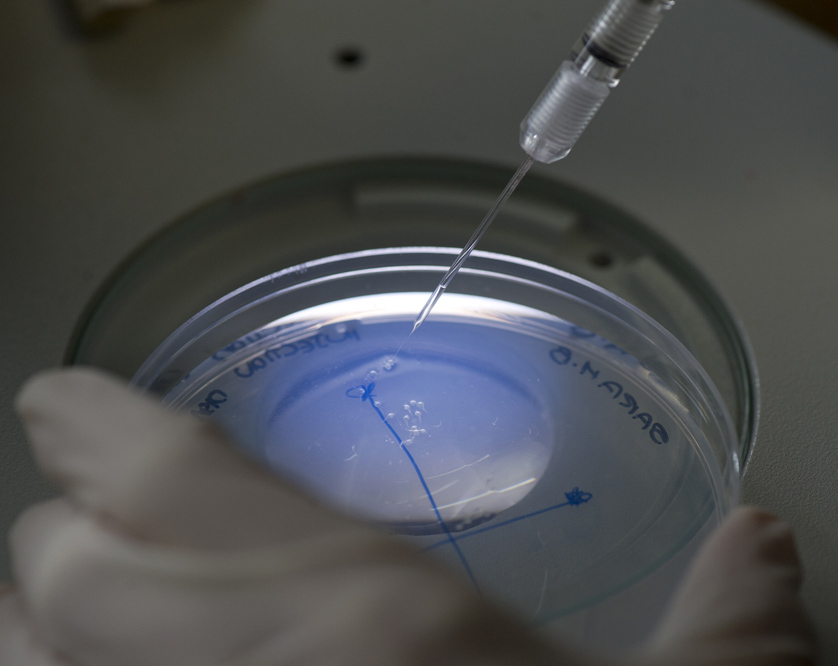
Contaminant effects on Maine finfish
Arsenic contamination of watersheds is particularly problematic in Maine with its high levels of arsenic in underlying bedrock that contaminate groundwater at levels that often exceed EPA allowable safe limits (10 ppb). Relatively little, however, is known about the effects of arsenic at these low levels of exposure. Fish may be particularly vulnerable as they continuously take up arsenic from the water through the gills and by ingestion of contaminated food. Increased arsenic levels in aquatic habitats have been linked to die-offs and compromised fish health, including abnormal growth, impaired ability to acclimate to changes in salinity and temperature and impaired reproduction. To address this, we will expose female fish (zebrafish or mummichogs) to sodium arsenite at levels commonly found in groundwater in Maine. Alternatively, this approach may be modified to directly expose fish as embryos. Combined effects of nutritional supplements and/or exposure to other contaminants will be assessed, based on results of the initial experiments. Transgenerational exposures will be done in fish models. The F1 generation will be evaluated for histopathology, and altered cell signaling and metabolic pathways and gender-specific differences. Altered gene expression will be investigated. Effects at the organismal level will be assessed by looking at impacts on growth, reproduction and behavioral modifications.
Investigator: Van Beneden, R.
Unit: School of Marine Sciences
Termination Date: 30-Sep-19
